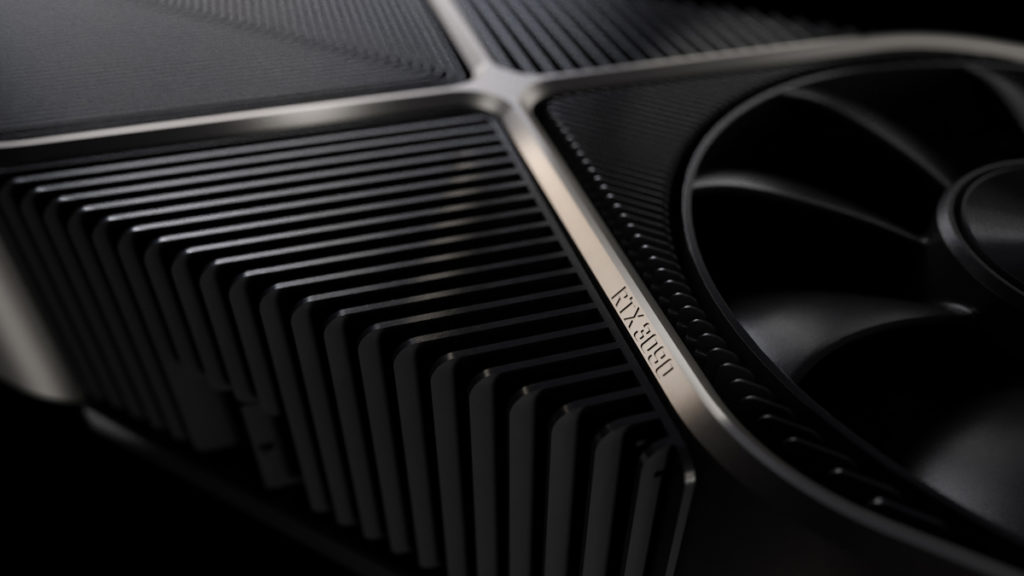Image: NVIDIA
NVIDIA and AMD’s next-generation flagship graphics cards, which are expected to leverage the Lovelace and RDNA 3 architectures, respectively, could be more power hungry than anyone might have imagined. This is according to the latest rumors from prominent leakers such as kopite7kimi, who recently commented on speculation about NVIDIA’s flagship GeForce RTX 40 Series products featuring a TDP of at least 400 watts. While that specification already exceeds the GeForce RTX 3090’s 350-watt TDP by a notable amount, kopite7kimi suggested that the TDP for the flagship models will go even higher, stating that “400 is not enough.” As for AMD, Beyond3D forum member and alleged insider Bondrewd recently shut down speculation that Navi 31 could draw as much as 500 watts. That prompted 3DCenter.org to seek out a more probable estimate by looking into the...
Continue reading...
